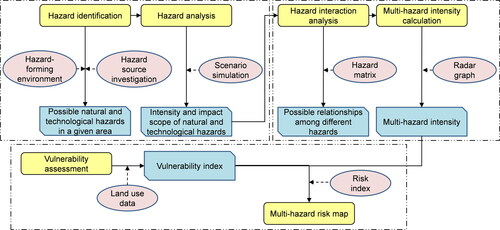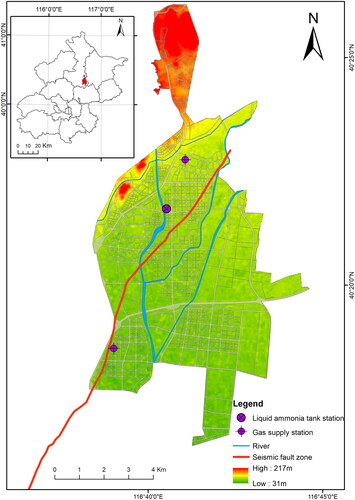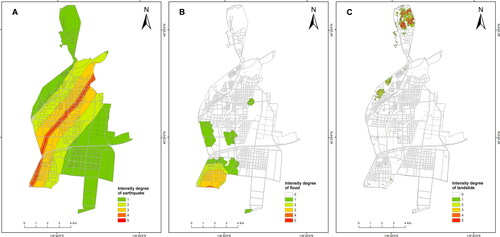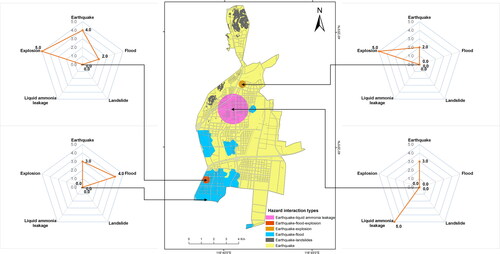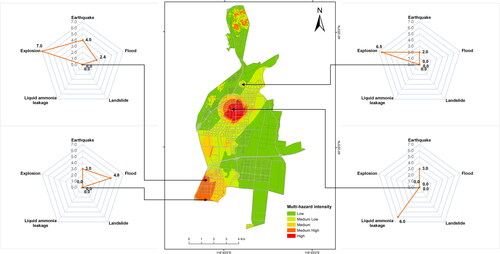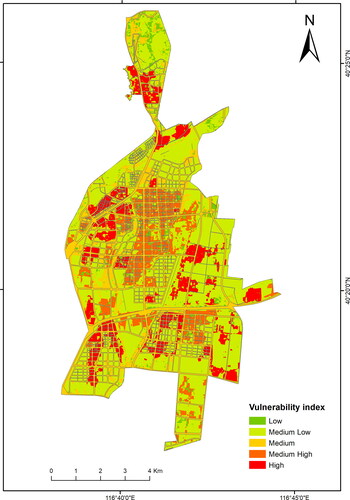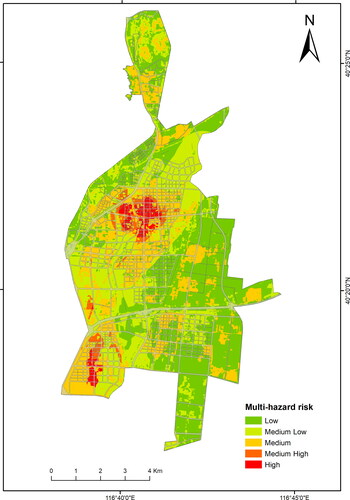Figures & data
Figure 3. Radar graph for multi-hazard intensity calculation. A) Initial intensity degree, B) Adjusted intensity degree.
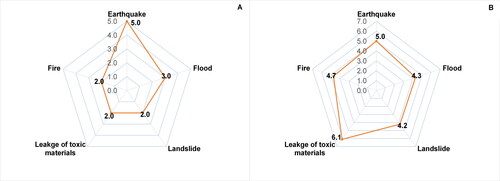
Table 1. Adjustment principle for hazard intensity.
Table 2. Classification of vulnerability degree.
Table 3. Dividing standard for intensity degree of earthquake, flood and landslide.
Table 4. Dividing standard for intensity degree of explosion.
Table 5. Dividing standard for intensity degree of liquid ammonia leakage.
Data availability statement
Hydrologic data were collected from local hydrological stations in Huairou, and seismic data were collected from China Earthquake Administration. Technological hazard data were generated at Beijing Emergency Management Bureau. Landsat TM/ETM remote sensing image were obtained from Resource and Environmental Science and Data Center (https://www.resdc.cn/data.aspx?DATAID=184). Derived data supporting the findings of this study are available from the corresponding author [J.F] on request.

